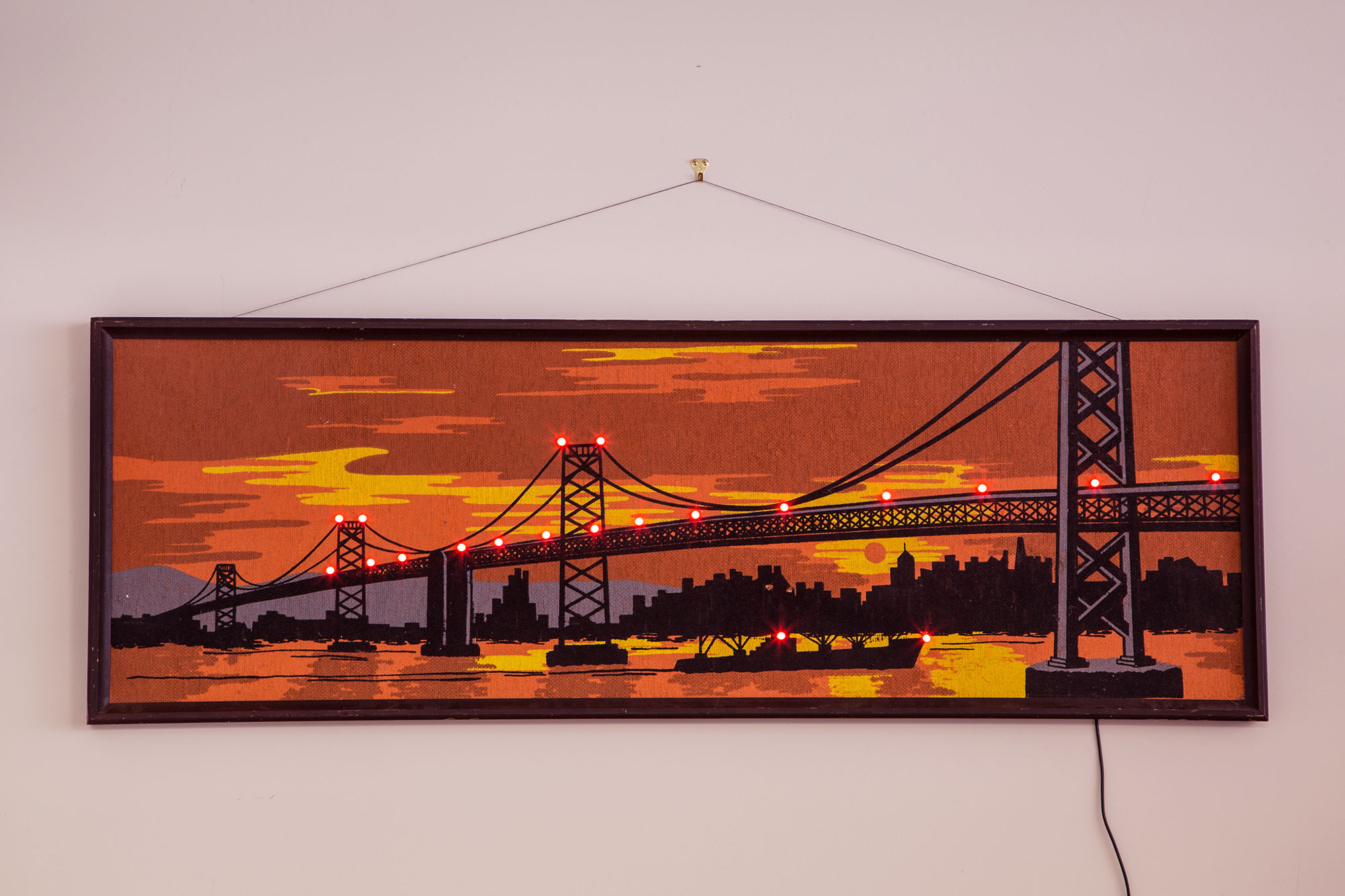
This project displays live traffic conditions between two locations on a physical map, using an Arduino device that gathers data from the Google Maps API and then sets the color of a string of NeoPixels — green for good traffic, yellow for slower traffic, and red for bad traffic conditions, just like online maps. It refreshes every minute to adjust the color of the LEDs as the traffic changes.
The project runs on an AdaFruit Feather HUZZAH ESP8266 programmed via the Arduino IDE, but the code should run on any ESP8266 board. Its configuration is persistent across resets, as it uses SPIFFS, which is internal flash memory on the ESP8266.























